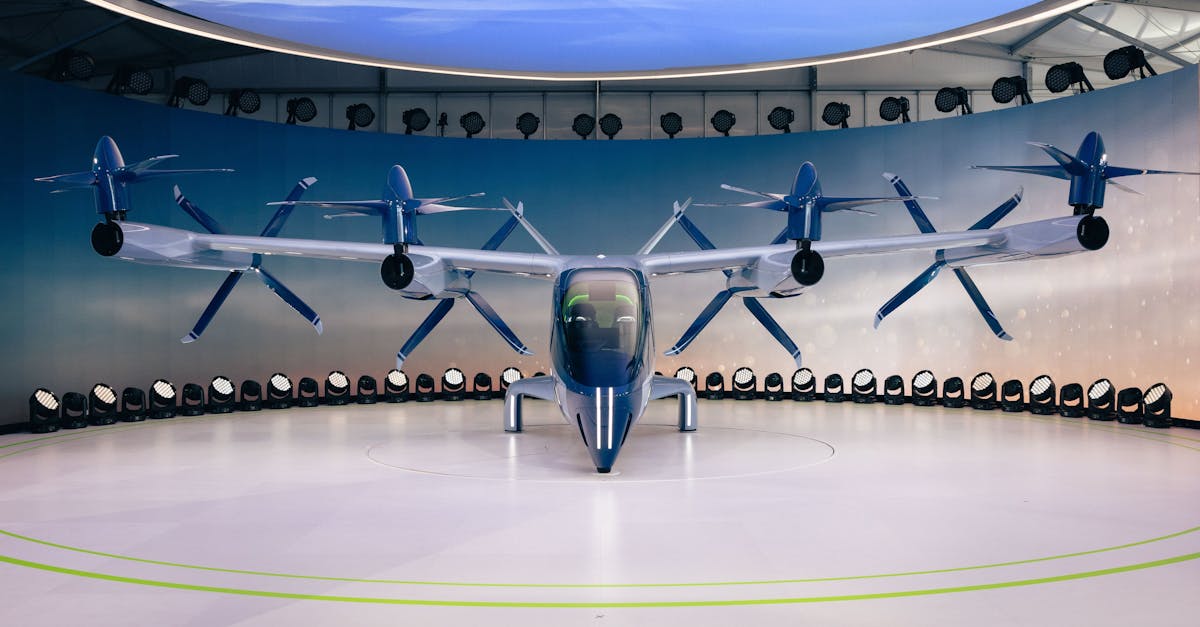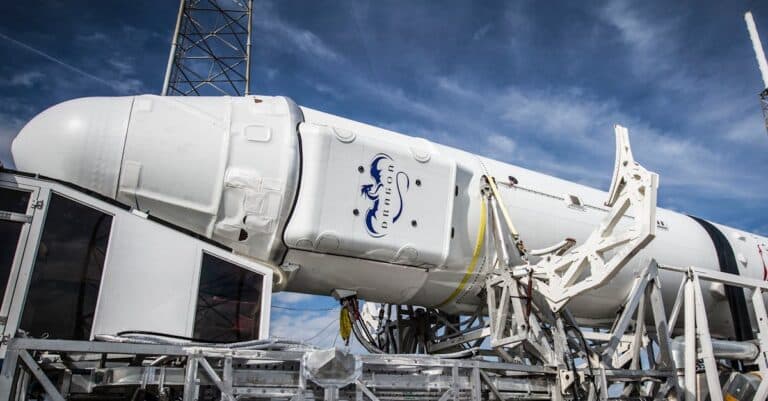The rise of aircraft VTOL, capable of take off and of land vertically, announces a major transformation in the field of urban transport. These vehicles, designed for short and direct journeys, offer the possibility of unprecedented access to city centers, without requiring traditional airports. By flying over road congestion, flying taxis make it possible to considerably reduce travel time, while offering an innovative alternative and sustainable to urban mobility. Thanks to their operational flexibility and approach ecological, VTOL aircraft are emerging as the future of travel, transforming our connections between neighborhoods and facilitating access to previously inaccessible areas. Their logistical advantages could also minimize the environmental impact of traditional transport by optimizing the use of airspace.
The concept of VTOL aircraft, or vertical take-off and landing vehicles, radically transforms the notion of urban mobility. Thanks to their ability to take off and land vertically, these aircraft offer an innovative solution to reduce traffic jams and improve accessibility in often congested urban areas.
VTOLs enable a transportation approach door to door, eliminating the need for traditional airport infrastructure. This makes them ideal for direct travel to destinations, whether offices, shopping centers or even leisure locations. By providing an efficient means of transportation, they open new avenues to redefine how users move in a densely populated urban environment.
One of the main advantages of VTOLs lies in their ability to save time. By flying over congested areas, these vehicles can significantly reduce travel times. For example, a journey originally planned to take an hour by car could be reduced to just a few minutes by using a VTOL. This has significant implications for the productivity of individuals, thereby generating a positive impact on work and personal life.
The operational flexibility of VTOLs is also a valuable asset. These devices can operate from reduced platforms, making them ideally suited for urban centers where space is limited. This allows companies to deploy mobility as a service (MaaS), offering connections between different points of interest without the restrictions of existence of a large airport.
Another area of impact is the potential of eVTOL, an electric version of these planes, thereby reducing the carbon footprint associated with air transport. Thanks to the transition to electric propulsion systems, these vehicles have the potential to become a sustainable mobility solution, aligning travel objectives with those of respect for the environment and reduction of greenhouse gas emissions.
In terms of design, VTOL technologies are constantly developing. Research focuses on improving safety, energy efficiency, as well as integration with existing transportation systems. This innovation is essential to ensure that VTOLs can integrate seamlessly into today’s urban landscape while being designed to meet the needs of future users.
Finally, the rise of flying taxis could also have a significant impact on the urban tourism and how visitors interact with a city. By providing quick and direct access to tourist sites, VTOLs can transform the travel experience, making certain destinations more easily accessible and attractive to tourists. This could also help to relieve overcrowded places, allowing for better distribution of visitor flows.
In short, VTOL vehicles represent a real revolution for the urban transport sector. Through their ability to reduce travel times, optimize the use of space, and integrate into sustainable transport systems, these devices are paving the way for a new era of mobility that could ultimately transform our cities into more fluid and accessible living spaces.

FAQ: VTOL and the Future of Urban Travel
Why could VTOL revolutionize the way we travel in cities? VTOL, with its ability to take off and land vertically, offers an efficient transportation solution to bypass road congestion. By flying over the city, it significantly reduces travel time, thereby transforming urban mobility.
What are the advantages of VTOL aircraft compared to traditional means of transportation? VTOL aircraft enable personalized, door-to-door transportation without requiring airport infrastructure. This results in time savings and a reduction in transport costs, making travel in urban areas faster and more accessible.
How does VTOL development impact rural and remote areas? VTOL could establish new connections between cities and remote areas, making these destinations more accessible. It could give people living in these areas opportunities for travel and access to services that they do not currently have.
Are VTOLs a viable solution for passenger transportation? Yes, VTOLs are designed to carry up to four passengers, and technological innovations continue to improve their capacity and safety. This makes them suitable for transporting passengers on short urban journeys.
What is the operational flexibility of VTOLs? With their ability to take off and land on small platforms, VTOL vehicles offer great flexibility of operation. This allows airlines to provide service in areas with limited infrastructure, such as building rooftops or tight urban spaces.
When might we see VTOLs in commercial service? Although prototypes and testing are already underway, widespread commercial service will depend on successful regulations and the necessary urban infrastructure. Significant progress is expected in the coming years.























